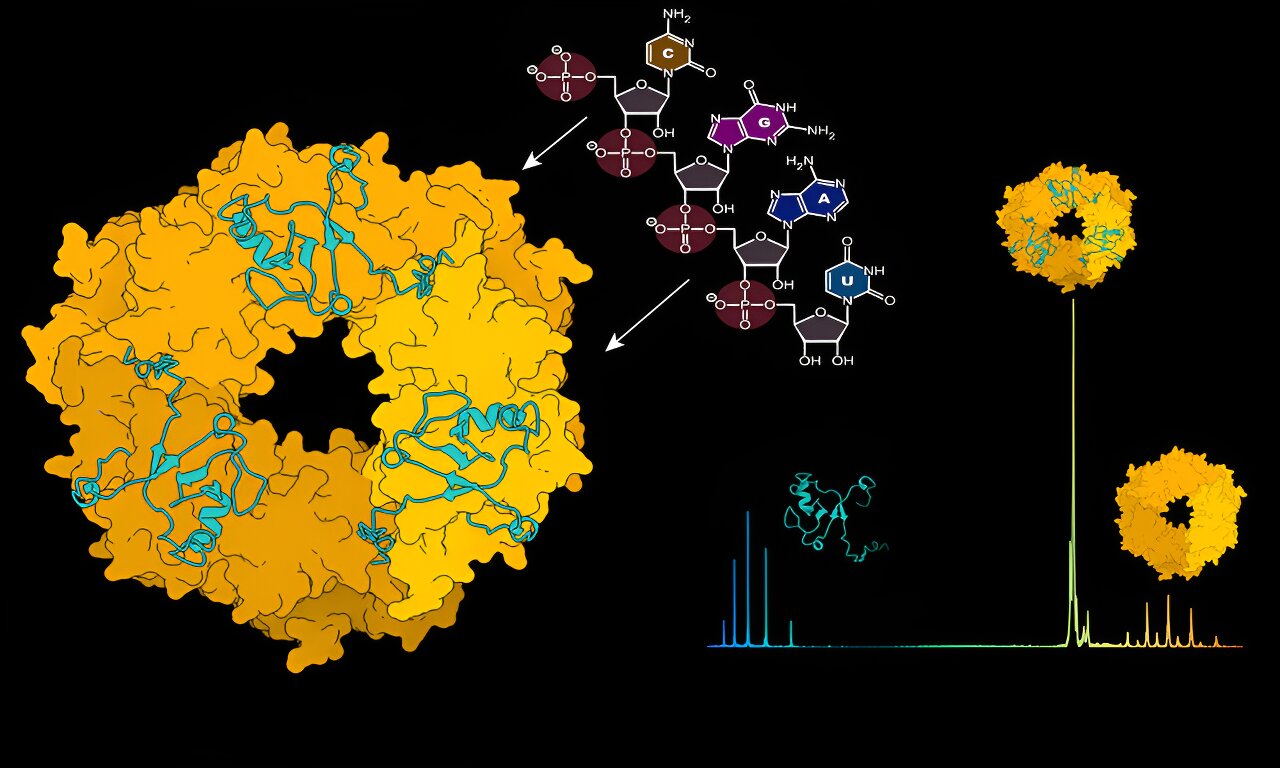Lassa virus (LASV) is the pathogen that causes Lassa hemorrhagic fever, a disease endemic to West Africa, which causes approximately 5,000 deaths each year. At the CSSB Centre for Structural Systems Biology, the Uetrecht (CSSB, LIV, Uni Siegen), Kosinski (CSSB, EMBL) and Rosenthal (BNITM, CSSB) groups worked together to reveal the crucial role played by RNA in critical steps of the Lassa virus life cycle.
In the human body, 20,000 genes produce over one million different forms of proteins. The Lassa virus in comparison is miniscule as it is composed of only four proteins, known as L, NP, Z and GPC.
“We are trying to understand how these four proteins can cause such serious damage to human cells,” explains the paper’s first author Lennart Sänger. “The activities and expression of these proteins must be tightly regulated and the proteins must communicate efficiently with one another to take on different functions.”
To protect and hide the virus from detection by the immune system, the nucleoprotein (NP) encloses the viral genome in a capsid. This capsid together with viral RNA and the L protein forms ribonucleoprotein complexes (RNPs).
To propagate infection, RNPs must continuously restructure themselves in order to enable viral genome replication and transcription. The researchers investigated the interactions between NP and viral RNA as well as the Z protein to gain a better understanding of the mechanism and dynamics of RNP formation and packaging into new viral particles.
2023-12-22 04:00:04
Source from phys.org rnrn
